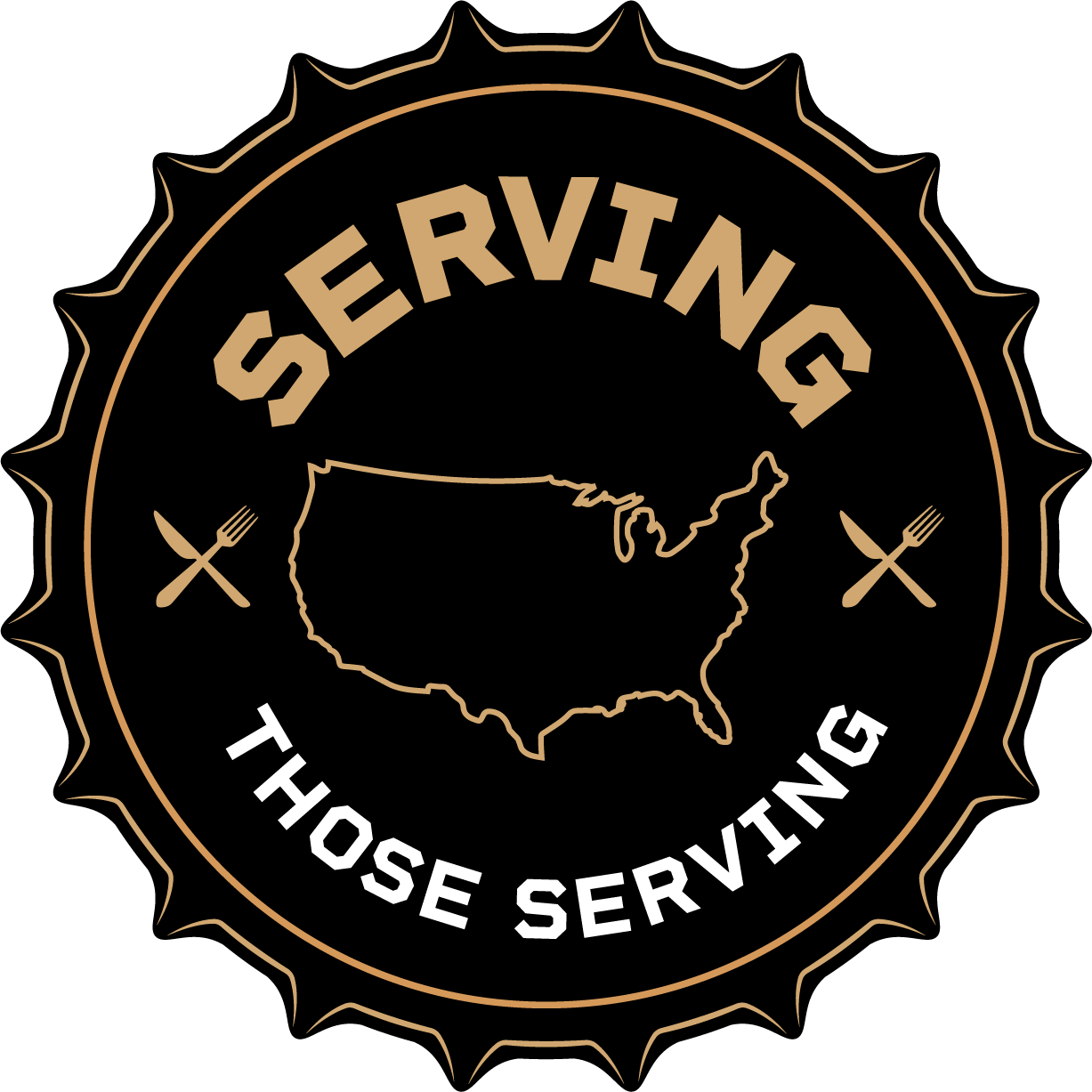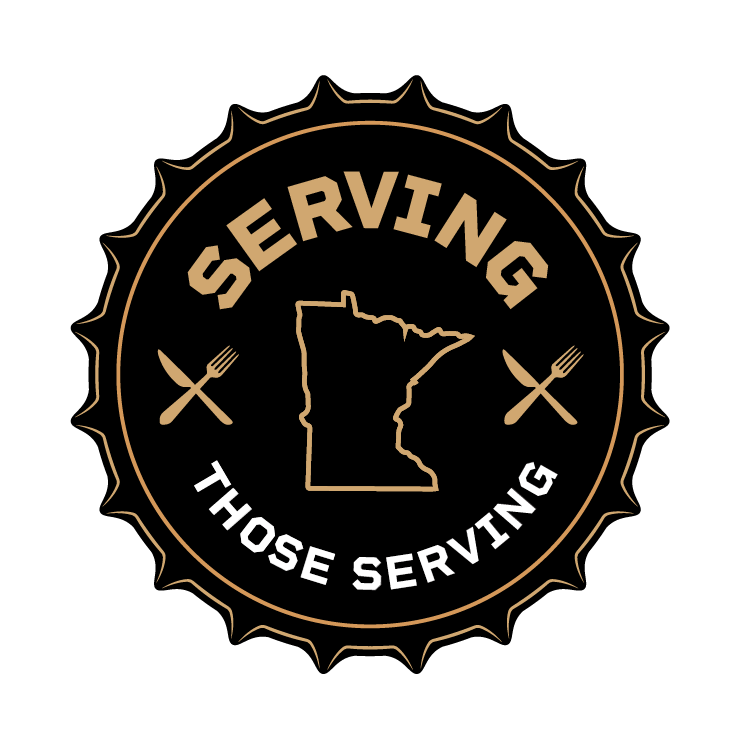Serving Ghosts
Workers in bars and restaurants face higher rates of substance use disorders and suicide than the national average. Here's how some hospitality leaders are trying to address it.
March 08, 2024
On the night her friend Chantal died, Sarah Webster Norton was covering her shift at the dive bar where the two worked. The following day, Webster Norton was organizing previous orders to prepare for service when her eyes caught a ghost — a ticket signed by Chantal accompanied by her trademark smiley face.
Webster Norton said she couldn’t “stand being there because everything made me think of her. … The staff went hog wild; everybody was drinking until they couldn’t see straight.”
The owner brought every employee downstairs to hear their sobs, but the bar couldn’t afford to slow down for anyone’s grief. Staffers like Webster Norton were left downing shots of Jameson during their shifts in an effort to make Chantal’s absence bearable, something that eventually left Webster Norton fired and much of the staff turned over.
Chantal was 24, the first person Webster Norton lost working in the service industry. Eleven years later, Webster Norton said her death remains extraordinary in the industry not because of her age, but because sudden heart failure took her life rather than addiction or suicide.
Despite comprising more than 10% of the country’s workforce, restaurant industry workers are the most at risk of drug use and substance use disorders, American Addiction Centers (AAC) data show. After mining and construction workers, they’re also the third-most at risk for heavy alcohol use, according to AAC. Restaurants and other food service workers experience higher suicide rates than national averages, with those working at businesses serving alcohol nearly double industry averages, according to the Centers for Disease Control and Prevention.
“I’m not good at the numbing thing, but people do get numb to it over time,” said Webster Norton, who founded Serving Those Serving in 2017 as a nonprofit dedicated toward supporting physical and mental health for people in the service industry. “I still cry every time we lose somebody,” she said. “In our budget report, we’ve got a line item for bereavement flowers.”
High-stress environments, irregular hours, and low wages make readily-available alcohol or drugs common coping mechanisms for industry workers, according to the AAC. However, Webster Norton added with profit margins typically topping out at 10% for restaurants “doing really well,” supporting employees is often an extra cost many businesses simply cannot afford.
In response, Serving Those Serving created an Employee Assistance Program (EAP) where employers pay roughly $4 monthly per employee to address job-related challenges, with resources such as leadership training, initial assessments, and access to a 24/7 confidential hotline. On Feb. 27, Webster Norton held a fundraiser for the organization’s “In the Weeds Foundation” program, which allows workers to enroll in the EAP regardless of whether their employer sponsors them.
Jimmy Fehrenkamp, co-owner of Mac’s Industrial Sports Bar in Minneapolis, was one of the first businesses to enroll in Webster Norton’s EAP. After attending three funerals for chefs that committed suicide last year, Fehrenkamp knows surface-level conversations on mental health like admitting to being hungover at work or having relationship problems is not enough to keep his coworkers alive.
“Part of the service industry is that we all kind of bond over the fact that we’re all misfits,” Fehrenkamp said. “We mask everything with booze or drugs or sex, not dealing with something, and stuffing it deep down and waiting for a rainy day to explode.”
With food service jobs comprising more than a third of teenage employment nationwide, according to Pew Research data, the restaurant industry is home to many who needed jobs during their childhood and grew up to become workers struggling to make ends meet or address mental health issues, Fehrenkamp said.
The industry sometimes “chews up and spits out” its workers, Fehrenkamp said, something employees are aware of as they share a bottle with their coworkers or pop pills to get some rest after a stressful shift.
Rainy days always come, and they often bring bodies with them. His family’s laughs watching TV in the next room made Fehrenkamp take the bullet out of the shotgun he loaded for himself when he was 17. Years later, he talked a coworker’s widow off a ledge after her husband committed suicide in the wake of a miscarriage. His blood stained the walls of the nursery the two had been preparing.
After watching his boss attend six funerals over the course of a “rough summer,” one of Fehrenkamp’s young former employees said he could not believe the magnitude of death around him.
“Do this job long enough, and you’ll start burying friends too,” Fehrenkamp said.
Five years later, he got a call from a hysteric man screaming into his speakers. “You were right.”
“Right about what?” Fehrenkamp said.
“I would start burying my friends, too.” The employee’s best friend had died, his body found by his 10-year-old son.
That friend’s death was ruled an accidental overdose, but Fehrenkamp said he was known to recreationally use after work. But there was enough Xanax and cocaine in his system to “kill a 300-pound man.”
Painful Passion
While intended to inform and entertain people, honest media depictions of the service industry’s dark side — such as Hulu’s The Bear or celebrity chef Anthony Bourdain’s books documenting addiction in the industry — can become romanticized by aspirational service workers, according to Michael Lindgren, president of the U.S. Bartenders Guild’s Twin Cities chapter.
“Some people take those as warning signs, but a lot of people see it as a kind of badge of honor,” Lindgren said. “When you’re younger, you want to grind, get all your accolades and work in the nicest, coolest places. But that’s not a sustainable thing.”
Lindgren added as more workers have begun treating the service industry as a long-term career rather than a temporary job, more people have recognized that careers are often short-lived when you run yourself into the ground.
Although he’s lost about two people every year over the last decade in his career, Lindgren said service workers, despite nearly everyone having ghosts of coworkers, learn ways to survive because they do not want to stop doing what they love.
“This is a very rough and brutal industry, but for a lot of us, this is our career. This is what we do, and I wouldn’t do anything else,” Lindgren said. “I genuinely enjoy going to work every day, and a lot of it is driven by the passion of the people in the industry.”
The solution is not leaving for other work, rather it’s supporting a community that has survived by supporting each other, Lindgren said.
The service industry is filled with traumatized workers struggling to stay afloat, Lindgren said. However, whether it is the coworker twice your age giving sage life advice or the new hire the kitchen takes under their wing to raise as their own, Lindgren said he has no desire to walk away from some of the best people he has ever met.
“This bar community, they’ll give you the shirt off their back, and I’ve seen it happen many a time,” Lindgren said. “The fact we still have this tight-knit community is really something special. And it’s the reason we all stay.”

